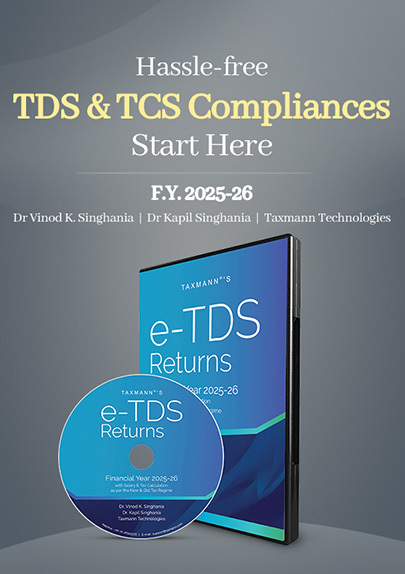No Concealment Penalty If Additions Made on Estimation and AO Failed to Prove Concealment of Income | ITAT
- Blog|News|Income Tax|
- 2 Min Read
- By Taxmann
- |
- Last Updated on 9 December, 2024

Case Details: ITO vs. Sunil Bhagwandas Vorani (HUF) - [2024] 169 taxmann.com 23 (Mumbai-Trib.)
Judiciary and Counsel Details
- Ms Padmavathy S., Accountant Member & Raj Kumar Chauhan, Judicial member
-
Ms Ruchi M. Rathod, Adv. for the Appellant.
-
Mahesh Parwani, Sr. AR for the Respondent.
Facts of the Case
The assessee, an individual, was engaged in the business of trading in iron and steel. The assessee filed its return of income for the relevant assessment year. The case was reopened based on the information received from the Sales Tax Department regarding certain persons providing bogus entries from bogus purchase bills to the taxpayers.
During the assessment proceedings, the Assessing Officer (AO) observed that the assessee had purchased from certain parties, but the assessee failed to produce the parties for verification. Thus, the AO estimated the income and levied tax accordingly.
Further, the AO initiated penalty proceedings against the assessee and levied a penalty under section 271(1)(c) for furnishing inaccurate particulars of income. On appeal, the CIT(A) deleted the penalty. Aggrieved by the order, the department filed an instant appeal before the Mumbai Tribunal.
ITAT Held
The Mumbai Tribunal ruled in favour of the assessee and deleted the penalty. The additions were made on an estimated basis because the books of accounts were proved false, and the assessee failed to produce the party to confirm the same.
It was also observed that notices under section 133(6) were issued to the various purchase parties, and all the notices were returned by the postal authority, and the assessee has not produced the party to confirm the same. These observations showed that it was not established by the AO that the assessee had concealed the particulars of income or submitted inaccurate particulars of income.
Therefore, since the additions were made on an estimated basis, the penalty under section 271(1)(c) was not sustainable, and the same was rightly deleted by CIT(A).
List of Cases Reviewed
- CIT v. Parasamal Babulal Jain, ITA No. 20 of 2006, order dated 14.09.2011 [Para 5] – Followed.
List of Cases Referred to
- Deepak Gogri v. ITO ITA No. 1396/M/2017 (para 2)
- Coordinate Bench i.e., Shri. Hitesh S. Shah v. ITO ITA No. 3423/Mum/2017 (para 4)
- CIT v. Parasamal Babulal Jain, ITA No. ITA No. (para 5).
Disclaimer: The content/information published on the website is only for general information of the user and shall not be construed as legal advice. While the Taxmann has exercised reasonable efforts to ensure the veracity of information/content published, Taxmann shall be under no liability in any manner whatsoever for incorrect information, if any.

Taxmann Publications has a dedicated in-house Research & Editorial Team. This team consists of a team of Chartered Accountants, Company Secretaries, and Lawyers. This team works under the guidance and supervision of editor-in-chief Mr Rakesh Bhargava.
The Research and Editorial Team is responsible for developing reliable and accurate content for the readers. The team follows the six-sigma approach to achieve the benchmark of zero error in its publications and research platforms. The team ensures that the following publication guidelines are thoroughly followed while developing the content:
- The statutory material is obtained only from the authorized and reliable sources
- All the latest developments in the judicial and legislative fields are covered
- Prepare the analytical write-ups on current, controversial, and important issues to help the readers to understand the concept and its implications
- Every content published by Taxmann is complete, accurate and lucid
- All evidence-based statements are supported with proper reference to Section, Circular No., Notification No. or citations
- The golden rules of grammar, style and consistency are thoroughly followed
- Font and size that’s easy to read and remain consistent across all imprint and digital publications are applied



 CA | CS | CMA
CA | CS | CMA
